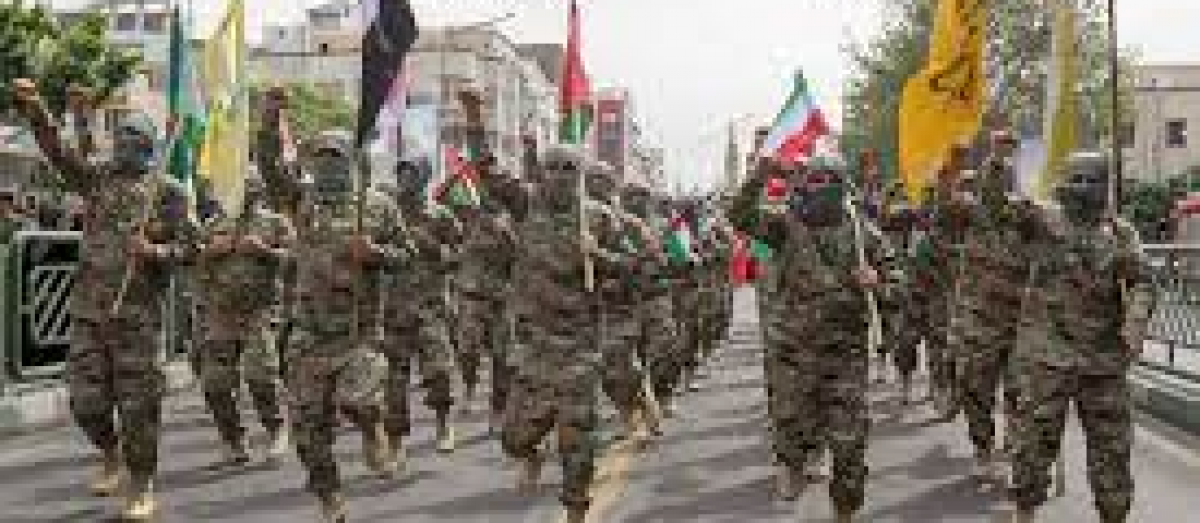In the intricate tapestry of Iran’s foreign policy, two significant threads weave seamlessly into the fabric: Islam and factionalism. The Islamic Republic’s approach to international relations is deeply rooted in its revolutionary identity, where religious principles and internal factional dynamics play pivotal roles in shaping alliances and diplomatic strategies.
Islamic Principles: Guiding Pillars of Iran’s Foreign Policy

At the heart of Iran’s foreign policy lies an unwavering commitment to Islamic principles. Established in the aftermath of the 1979 Islamic Revolution, the Islamic Republic positioned itself as a torchbearer of Islamic ideals, both domestically and internationally.
1. Islamic Solidarity:
Iran’s foreign policy is intricately tied to the promotion of Islamic solidarity. The government sees itself as a protector of oppressed Muslims globally, supporting causes aligned with its interpretation of Islamic values. This has translated into alliances with groups and nations that share a similar worldview, such as Hezbollah in Lebanon.
2. Resistance against Imperialism:
Central to Iran’s foreign policy is the vehement rejection of perceived Western imperialism. This anti-imperialist stance, rooted in Islamic teachings, shapes Iran’s approach to global politics. The revolution’s narrative of resistance against external influence permeates its diplomatic engagements, especially with nations that align with this resistance narrative.
3. The Export of the Islamic Revolution:
A defining feature of Iran’s foreign policy is the aspiration to export the principles of the Islamic Revolution. While this doesn’t necessarily involve direct military interventions, Iran supports like-minded movements and factions globally, fostering alliances with groups that share its vision of an Islamic order.
Internal Factionalism: A Complex Dance of Power
Iran’s foreign policy is not a monolithic entity; it is a complex interplay of internal factions vying for influence and dominance. The power structure, shaped by the Supreme Leader, elected officials, and the Revolutionary Guard, has led to nuanced diplomatic strategies and shifting alliances.
1. Pragmatism vs. Idealism:
Within Iran, a perennial struggle exists between pragmatic and ideological factions. Pragmatic elements may prioritize economic considerations and international engagement, while ideologues emphasize adherence to revolutionary principles. This internal tension influences Iran’s diplomatic decisions and the alliances it forms.
2. The Supreme Leader’s Influence:
The Supreme Leader, as the highest authority, plays a pivotal role in setting the overarching direction of Iran’s foreign policy. His views and priorities, often rooted in the revolutionary ideology, guide the nation’s diplomatic approach.
3. Electoral Politics:
Elected officials, including the president and parliament, contribute to the diversity of perspectives within Iran’s foreign policy apparatus. The democratic elements of the government introduce a degree of responsiveness to public sentiment, adding another layer of complexity to diplomatic decision-making.
Forming Alliances: The Art of Strategic Calculation
Iran’s alliances are not arbitrary; they are products of careful strategic calculations that balance ideological affinities, regional interests, and power dynamics. The relationships formed are often shaped by shared objectives rather than uniformity in ideology.
1. Regional Influence:
Iran strategically forms alliances to enhance its influence in the Middle East. Collaborations with groups like the Houthis in Yemen or the Assad regime in Syria serve the dual purpose of advancing Iranian interests and countering perceived regional threats.
2. Pragmatic Partnerships:
In pursuit of its national interests, Iran engages in pragmatic partnerships, sometimes crossing ideological lines. Economic considerations, security concerns, and diplomatic interests may lead to alliances with nations that don’t necessarily share Iran’s revolutionary fervor.
3. Navigating Global Alliances:
Iran’s diplomatic engagement extends beyond its immediate region. While facing challenges in its relationships with the West, Iran seeks alliances with countries that share an anti-imperialist stance, such as Russia and China.
Conclusion: A Dynamic Landscape
Understanding Iran’s foreign policy requires navigating the intricate interplay of Islamic principles and factional dynamics. The nation’s alliances are not static; they reflect a dynamic response to regional and global challenges. As Iran continues to assert its presence on the international stage, the fusion of Islamic ideals and factional complexities will undoubtedly shape its diplomatic trajectory in the years to come.




